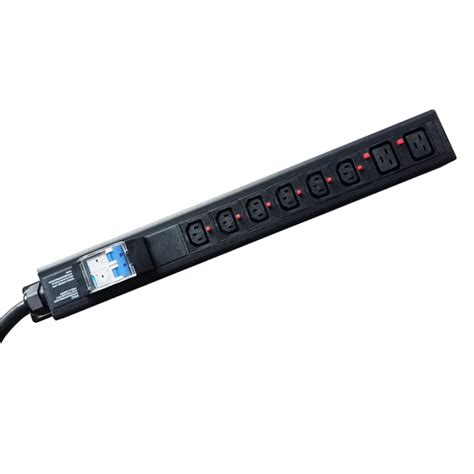Introduction
In today’s fast-paced world, convenience is king. Smart feeders have emerged as a popular solution for pet owners looking to automate their pets’ feeding routines. However, before investing in a smart feeder, it’s essential to weigh the benefits and drawbacks to determine if it’s the right choice for you.

Benefits of Smart Feeders
-
Remote Feeding and Monitoring: Smart feeders allow pet owners to feed and monitor their pets remotely, even when they’re away from home. This is especially beneficial for those with busy schedules or who travel frequently.
-
Automated Feeding: Smart feeders use scheduled feeding times to dispense food automatically, ensuring your pet receives their meals on time, even if you’re not available.
-
Portion Control: Most smart feeders offer adjustable portion settings, allowing you to control the amount of food your pet receives, which is crucial for maintaining a healthy weight.
-
Data Tracking: Some smart feeders track your pet’s eating habits, providing insights into their daily calorie intake and feeding patterns. This information can be valuable for monitoring your pet’s health and overall well-being.
-
Pet Interactivity: Some smart feeders feature interactive features, such as built-in cameras and speakers, allowing you to interact with and talk to your pet remotely.
Drawbacks of Smart Feeders
-
Cost: Smart feeders can be relatively expensive, especially for models with advanced features.
-
Reliance on Technology: Smart feeders rely on electricity and an internet connection to function properly. Power outages or internet disruptions can interrupt their operation.
-
Potential for Mechanical Failure: Like any electronic device, smart feeders can experience mechanical failures, such as dispensing malfunctions or clogged food delivery systems.
-
Limited Food Capacity: Smart feeders typically have smaller food capacities than traditional feeders, which may not be suitable for pets with large appetites or those that eat multiple times a day.
-
Potential for Chewing or Damage: Some pets may chew or damage smart feeders, especially if they are made of flimsy materials.
Smart Feeder VS Traditional Feeder
| Feature | Smart Feeder | Traditional Feeder |
|---|---|---|
| Automated Feeding | Yes | No |
| Remote Feeding and Monitoring | Yes | No |
| Portion Control | Yes | Limited or no portion control |
| Data Tracking | Some models offer | No |
| Pet Interactivity | Some models offer | No |
| Cost | Higher | Lower |
| Reliance on Technology | Yes | No |
| Potential for Mechanical Failure | Yes | Lower probability |
Effective Strategies for Using Smart Feeders
-
Choose a Reliable Model: Opt for a smart feeder from a reputable brand with a proven track record for reliability and customer support.
-
Consider Your Pet’s Needs: Select a smart feeder with a food capacity and features that align with your pet’s eating habits and preferences.
-
Test and Monitor Regularly: Test the smart feeder thoroughly before relying on it for your pet’s feeding. Monitor its performance and make necessary adjustments as needed.
-
Use as a Supplement, Not a Replacement: Smart feeders should be used as a supplement to, not a replacement for, traditional feeding practices. Continue to interact with your pet during feeding time and monitor their appetite and behavior.
Common Mistakes to Avoid
-
Ignoring Your Pet: Relying solely on smart feeders can lead to a lack of interaction between you and your pet. Make sure to still spend quality time with your pet during feeding.
-
Overreliance on Technology: Smart feeders can be convenient, but they are not perfect. Be prepared for potential malfunctions and have a backup plan for feeding your pet in case of technical issues.
-
Inadequate Portion Control: Failure to set appropriate portion sizes can lead to obesity or undernourishment in your pet. Use your smart feeder’s portion control feature effectively.
How to Choose the Right Smart Feeder for Your Pet
-
Consider Your Pet’s Diet: Choose a smart feeder that is compatible with your pet’s specific diet, whether it’s dry food, wet food, or a combination.
-
Determine Your Budget: Smart feeders come in a range of prices, from budget-friendly to high-end models. Set a realistic budget before shopping.
-
Research and Compare Models: Read reviews, consult with veterinarians, and compare different smart feeders to find one that best meets your pet’s needs and your budget.
Expanding Market Insights
According to a report by Allied Market Research, the global smart pet feeder market is projected to reach $2.32 billion by 2025, growing at a CAGR of 9.3% from 2018 to 2025.
Factors contributing to this growth include increasing pet adoption rates, rising disposable income, and the growing popularity of connected home devices.
Conclusion
Smart feeders offer several benefits to pet owners, including automated feeding, remote monitoring, and portion control. However, they also come with potential drawbacks such as cost, reliance on technology, and mechanical failure.
When considering a smart feeder, it’s crucial to weigh the benefits and drawbacks to determine if it aligns with your pet’s needs and your lifestyle. By choosing a reliable model, using it effectively, and avoiding common mistakes, you can harness the benefits of smart feeders while mitigating potential risks.
Additional Tips for Pet Owners
- Monitor your pet’s appetite and behavior to ensure they are eating regularly and not experiencing any digestive issues.
- Clean the smart feeder regularly to prevent food contamination and ensure proper operation.
- Consider using a smart feeder with interactive features to keep your pet entertained and engaged.
- Exercise caution with pets that have a history of chewing or damaging toys or electronic devices.
- Seek professional advice from a veterinarian if you have any concerns about your pet’s feeding habits or the use of smart feeders.





















